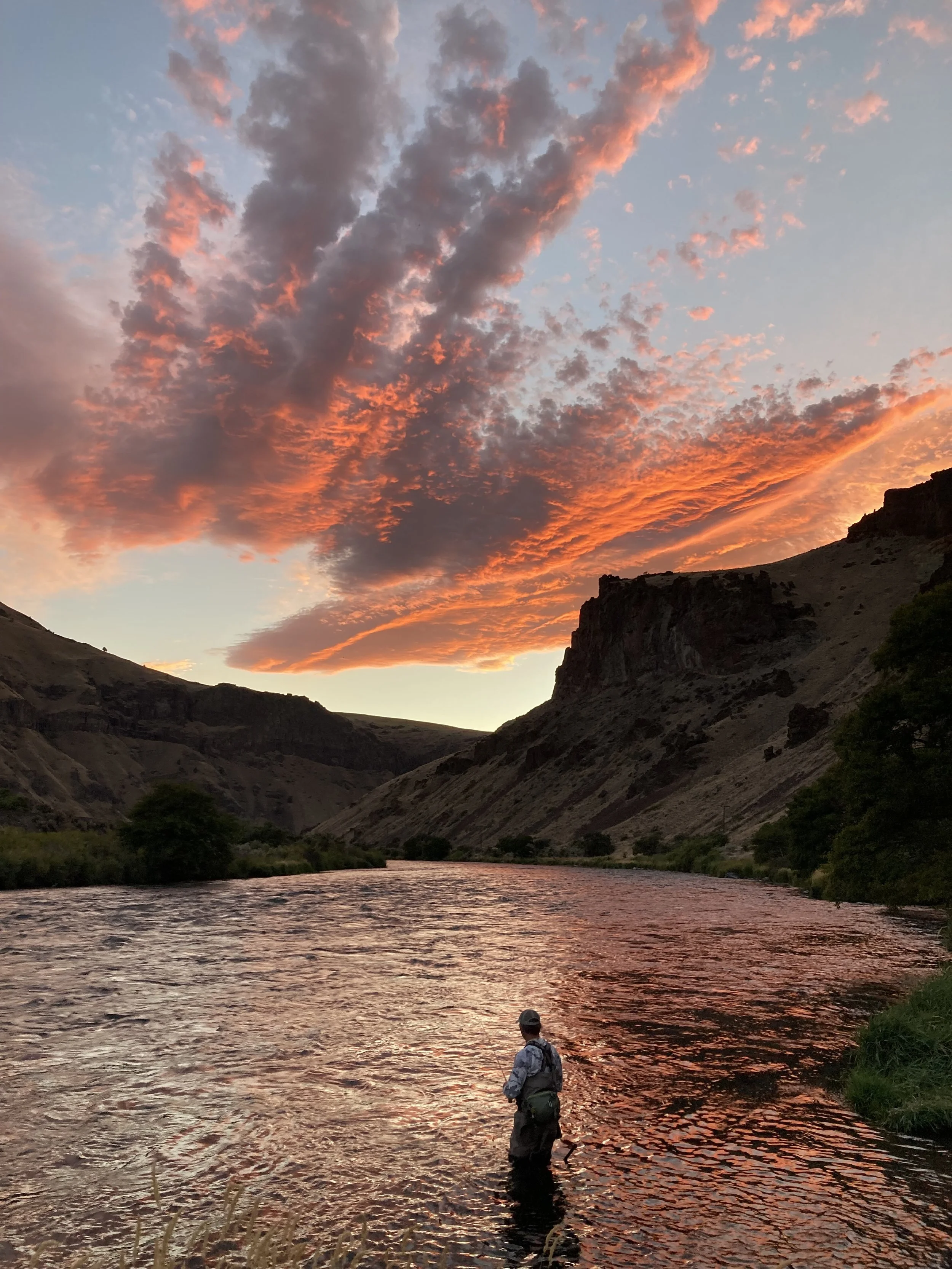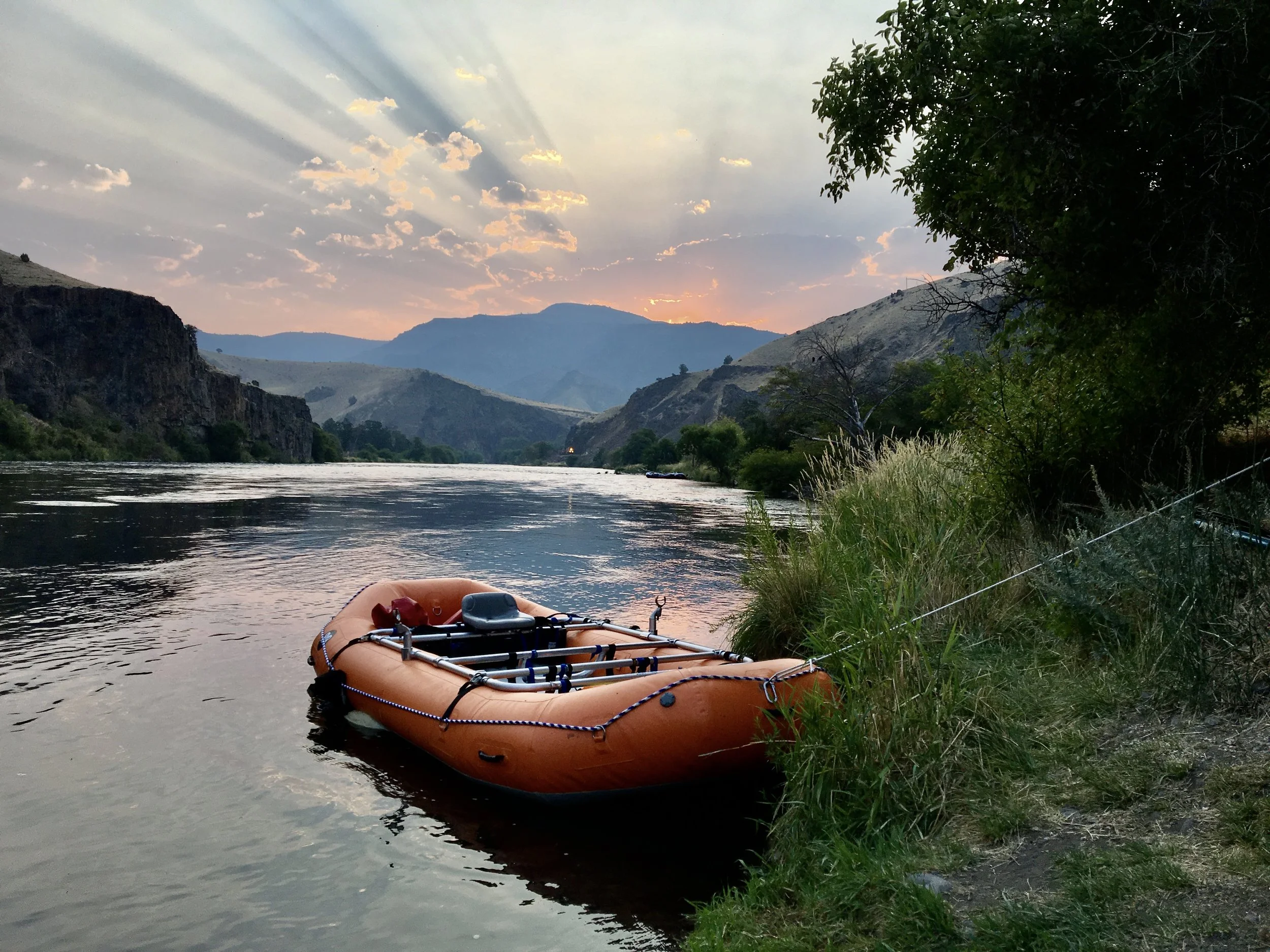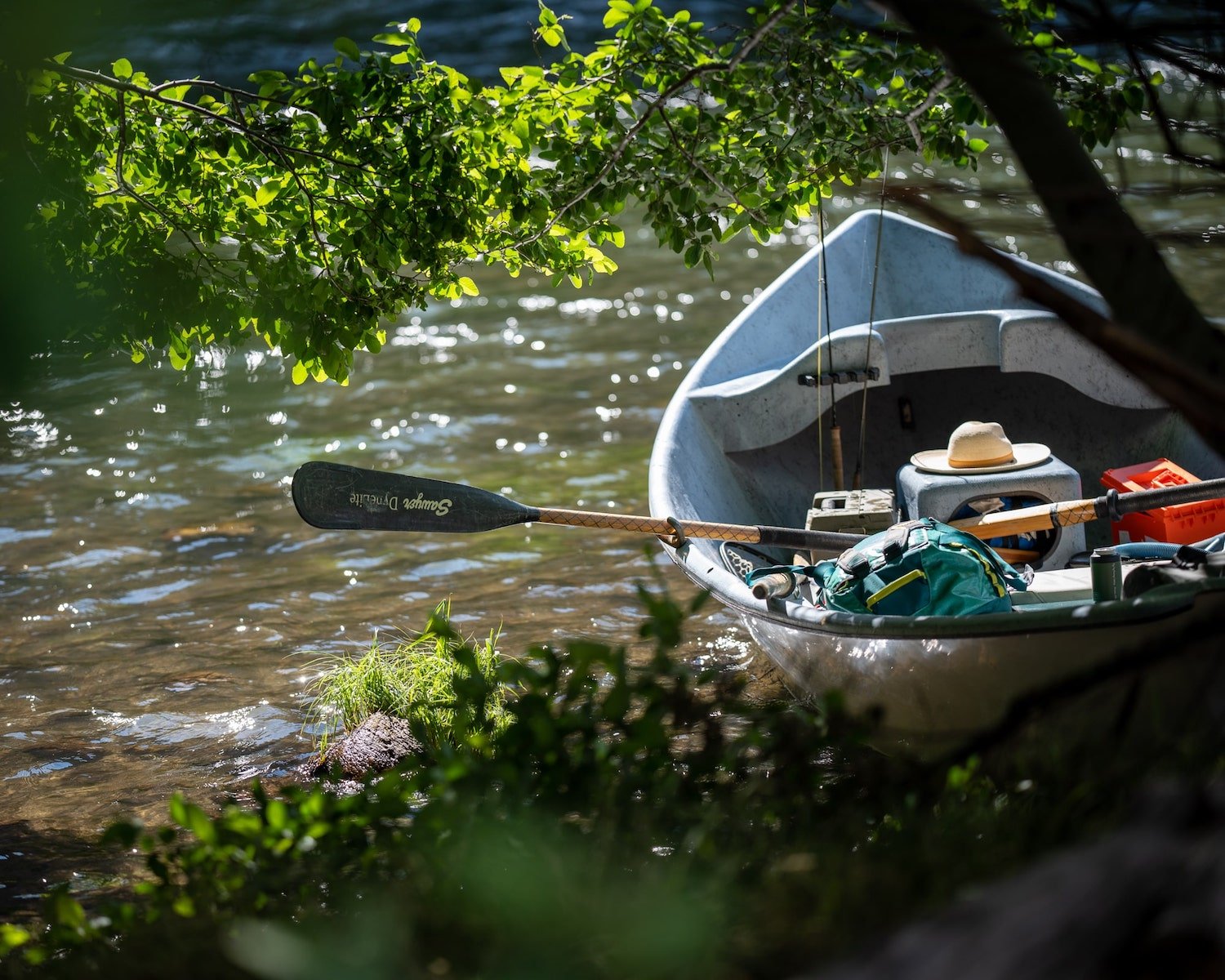The Best Available Science
Our Science Team, from left to right: Larry Marxer, Steve Pribyl, and Rick Hafele. Image credit of Peterson Hawley Productions and the upcoming documentary about water quality on the lower Deschutes River, The Last 100 Miles.
Since its inception in 2014, The Deschutes River Alliance has been utilizing the best available science to monitor the health of the lower Deschutes River. The DRA’s scientifically rigorous water quality monitoring program has been continually reviewed, re-calibrated, refined and expanded. The data produced is of such high caliber that the Oregon Department of Environmental Quality uses it when submitting its reports to the Environmental Protection Agency.
The science team, Rick Hafele, Larry Marxer, and Steve Pribyl, between the three of them, have more than a century of experience producing and analyzing data as state agency fisheries and aquatic scientists.
Recently, the DRA invited this august trio to answer questions about the DRA’s science program. Answers have been edited for clarity and length.
DRA: What's the thing you'd point to as the biggest accomplishment of the DRA's science program?
Rick Hafele (RH): DRA is the only entity - state, federal, corporate, or private - that is collecting continuous real-time in depth water quality data at multiple sites on the lower Deschutes River. We have state-of-the-art equipment, and follow the same quality control/quality assurance procedures used by DEQ and implemented by a retired professional (Larry Marxer) with over 30 years of water monitoring experience.
This data is critical in understanding the type and extent of changes occurring in the lower Deschutes. Without it we’d be as Steve Pribyl likes to say, “Just another guy on the street with an opinion.” Our “opinions" are based on the hard data we’ve collected for almost ten years, as well as the data collected by PGE and DEQ.
DRA: When did it become clear to you that a rigorous water quality monitoring program was needed on the Deschutes?
Larry Marxer (LM): In June 2013, I received a phone call from Greg McMillan, inviting me to join the board of the DRA. I did join, and participated in further conversations on how best to communicate with PGE staff and advocate for operations changes at the Tower. At that point, it was clear to everyone that the most effective starting point was to develop a solid, science-based and defensible water quality program in order to demonstrate our concern.
RH: In 2014, we put out temperature probes at multiple spots along the river and left them through the season. That same summer, Larry Marxer helped organize a survey of the river with multiple crews spread out along the Deschutes with equipment to sample dissolved oxygen, pH, turbidity, and temperature at regular intervals over a 24 hour period. From that data, we decided it would be best to get a data sonde [a sophisticated water quality monitoring device] in the river so we could sample those parameters every hour from spring through fall. Larry Marxer again provided the expertise in writing the audit procedures so the data would pass the highest level of quality based on DEQ’s own methods.
DRA: Is PGE’s management of the lower Deschutes River based in sound science?
Steve Pribyl (SP): Based on my training, experience and observations, I would offer that PGE's science is probably good. But their application of that science is lacking, to, first, recognize the problems SWW operations are causing, and second, use that science to guide meaningful changes to benefit the lower river.
LM: I do not believe that their management of the Lower Deschutes River has ever been science-based but, rather, more economics-based. There is PGE’s continued claim that water quality conditions in the lower river are just fine, and that Tower operations have indeed improved and enhanced anadromous fish populations in the upper watershed [above the dams]. Then there’s their absolute refusal to consider altering the SWW mix formula to benefit water quality or the biological community in the lower river.
DRA: What is "adaptive management," and has PGE practiced it on the Deschutes?
LM: Adaptive management means when the results of initial on-the-ground corrective actions show little or no improvement to the environmental conditions, revisions to the original action plan can and should be made that will result in improvement and enhancement of environmental conditions.
RH: It’s the exact opposite of what happened. Put simply, adaptive management was supposed to mean operations would be adapted to meet water quality requirements. Instead, water quality requirements were adapted to meet operations of the Tower. Adaptive management in the WQMMP [water quality permit, required by the Clean Water Act] is described as a process by which the “management of the Tower" would be adjusted - adapted - based on the data collected, and when the data showed conditions in the lower Deschutes weren’t meeting the requirements of the WQMMP, management of the Tower would be changed. Instead, the water quality requirements in the plan were adjusted (lowered) so the operations of the Tower could continue unchanged.
SP:The concept of adaptive management was heavily stressed in the [PGE’s] relicensing documents. The DRA was hopeful that as PGE learned about downstream water quality and ecological impacts from SWW operations that they would adapt their management to address these changes. That is not happening.
More From The Blog
Subscribe the the DRA Newsletter
The Deschutes River Alliance is your focused voice to protect the lower Deschutes River, its cold water flows and the fish and wildlife that are sustained by them. We send regular emails with important data and news about the lower Deschutes River. We will not sell or loan your contact information to others.
How to Support the DRA
Everyone wants clean, healthy water in the Deschutes River. Oregonians cherish our clean and healthy waterways to provide drinking water, wildlife habitat and recreational activities. The lower Deschutes River is a federally designated Wild & Scenic River, and a national treasure. It must be protected for the environmental and economic health of Central Oregon. We believe by working together we can return the lower Deschutes River to full health.






















